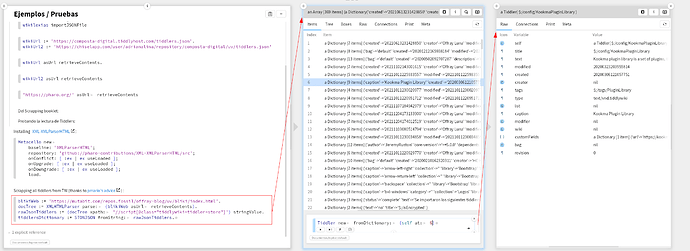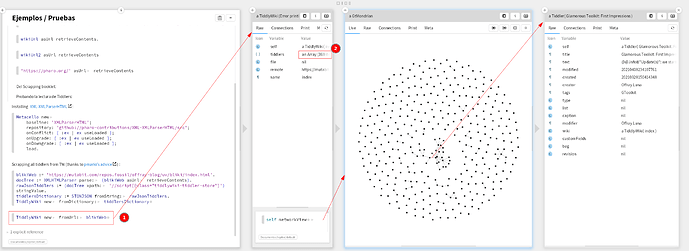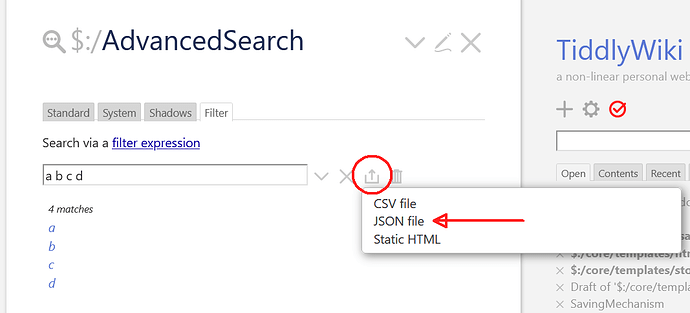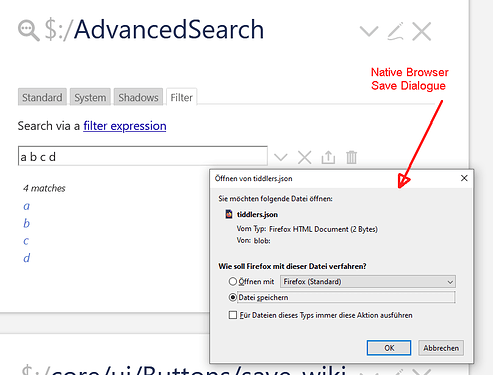Thanks for your interest in Pharo (as a member of the Pharo community I really appreciate it). Pharo comes from a long tradition and acknowledges Smalltalk as its “spiritual ancestor”. That being said they (Pharo and GT) don’t try to be compatible with Smalltalk, but share a vision of a continuous computing environment totally modifiable by the person who uses it (but the user/developer divide doesn’t make much sense over there). So your intuition is close to what Pharo is.
As a computer environment, more that a programming language, Pharo also blurs other distinctions, like the one between operative system, programming language, Integrated Development Environment, Application and Document. Today’s vision of computing is inherited from the Unix tradition, as it was the one that won the war for imagination and practices of computing in the seventies. But other (in my opinion) more compelling visions are still with us evolving in the margins: The Dynabook one, in the form of Pharo, GT, Cuis and several variants, and the Symbolic machines, in the form of Emacs, OrgMode and Lisp variants (Clojure, Racket and so on). Of course, today we live in a pretty diverse world without a single vision of computer (encouraged by Unix) with pretty strong frontiers and discontinuities between systems and those who can and can not modify them. That’s why systems like TW and Pharo/GT are so compelling (and bridging them so interesting), as they provide us an empowering unified toolkit for understanding, traversing and connecting the diversity.
You can found more about the Dynabook and those competing visions of informatics and computing in Tracing the Dynabook.
Cheers,






